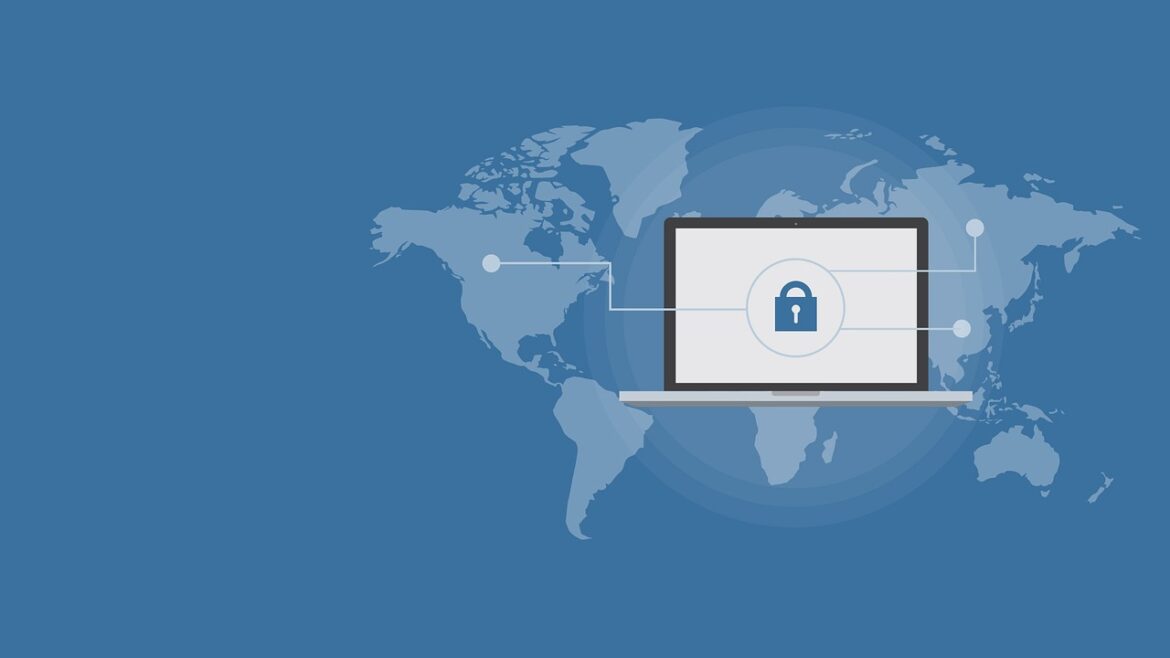Introduction to Cybersecurity Trends in 2025
Cybersecurity has become a crucial aspect of modern life, as technology advances and threats evolve. Here are five trending strategies that are shaping the cybersecurity landscape in 2025:
1. AI-Driven Cyber Attacks
In 2025, attackers are increasingly using artificial intelligence (AI) to plan and execute complex cyber attacks. AI algorithms help identify weaknesses in network defenses, optimize attack timing, and mimic legitimate user behavior, making it harder for traditional security systems to detect these threats. For instance, AI can dynamically adjust attack parameters like packet size and protocol type, making each wave of an attack look different from the last. Companies like Cisco and Google are working on AI-based solutions to counter these attacks.
2. Sophisticated Botnets
Today’s botnets are more modular and decentralized than ever, using peer-to-peer communication protocols. This design avoids single points of failure, making it difficult for authorities to dismantle them. Some botnets even use encryption to hide their command and control traffic, further complicating detection efforts. The development of such sophisticated botnets requires robust defenses, such as advanced threat intelligence systems that can identify and isolate suspicious activity quickly.
3. Ransomware and Extortion Tactics
Ransomware attacks are evolving from traditional encryption to data leak extortion. This shift means attackers no longer need to encrypt data to demand a ransom; they can simply threaten to leak sensitive information unless their demands are met. Industries with sensitive data, such as healthcare and finance, are particularly at risk. Cybersecurity teams need to prepare for more frequent and complex extortion threats by focusing on real-time data monitoring and swift response strategies.
4. Zero-Day Exploits
Zero-day vulnerabilities are becoming more critical, with a significant rise in their exploitation in recent years. These are previously unknown weaknesses that attackers can use before patches are available. Companies need rapid patching cycles and real-time detection systems to mitigate these threats. The emphasis on automated vulnerability response is increasing, with tools that can quickly assess and fix vulnerabilities before they are exploited.
5. Human Element and Security Awareness
Human mistakes remain a significant source of cybersecurity breaches. Phishing, misdelivery, and credential misuse continue to be major threats. The importance of security awareness training cannot be overstated, as educating employees about potential risks can significantly reduce errors and improve incident reporting. Tailored training programs for different industries, such as using phishing simulators in high-risk sectors, are essential for mitigating these threats.
Conclusion
The cybersecurity landscape in 2025 is marked by evolving threats and equally advanced defense strategies. By understanding these trends and adapting swiftly, organizations can protect themselves against the most pressing cybersecurity challenges today. Whether it’s using AI to counter AI-driven attacks or enhancing employee awareness to prevent human-related vulnerabilities, staying proactive in cybersecurity is crucial for success in the digital age.
References:
- https://hai-production.s3.amazonaws.com/files/hai_ai_index_report_2025.pdf
- https://www.cybersecurityintelligence.com/blog/ddos-trends-and-predictions-for-2025-8350.html
- https://www.sportsvideo.org/2025/04/03/nab-2025-preview-west-hall-everything-you-need-to-know-as-you-head-into-the-show/
- https://keepnetlabs.com/blog/2025-verizon-data-breach-investigations-report
- https://cloud.google.com/release-notes
- https://www.reliaquest.com/blog/threat-spotlight-cyber-attacker-techniques-dec-2024-to-feb-2025/
- https://www.flsenate.gov/Session/Bill/2025/1618/Amendment/329394/PDF
- https://panitechacademy.com/blog/details/cybersecurity-2025-the-definitive-guide-to-safeguarding-your-digital-future-and-building-a-thriving-career/179



